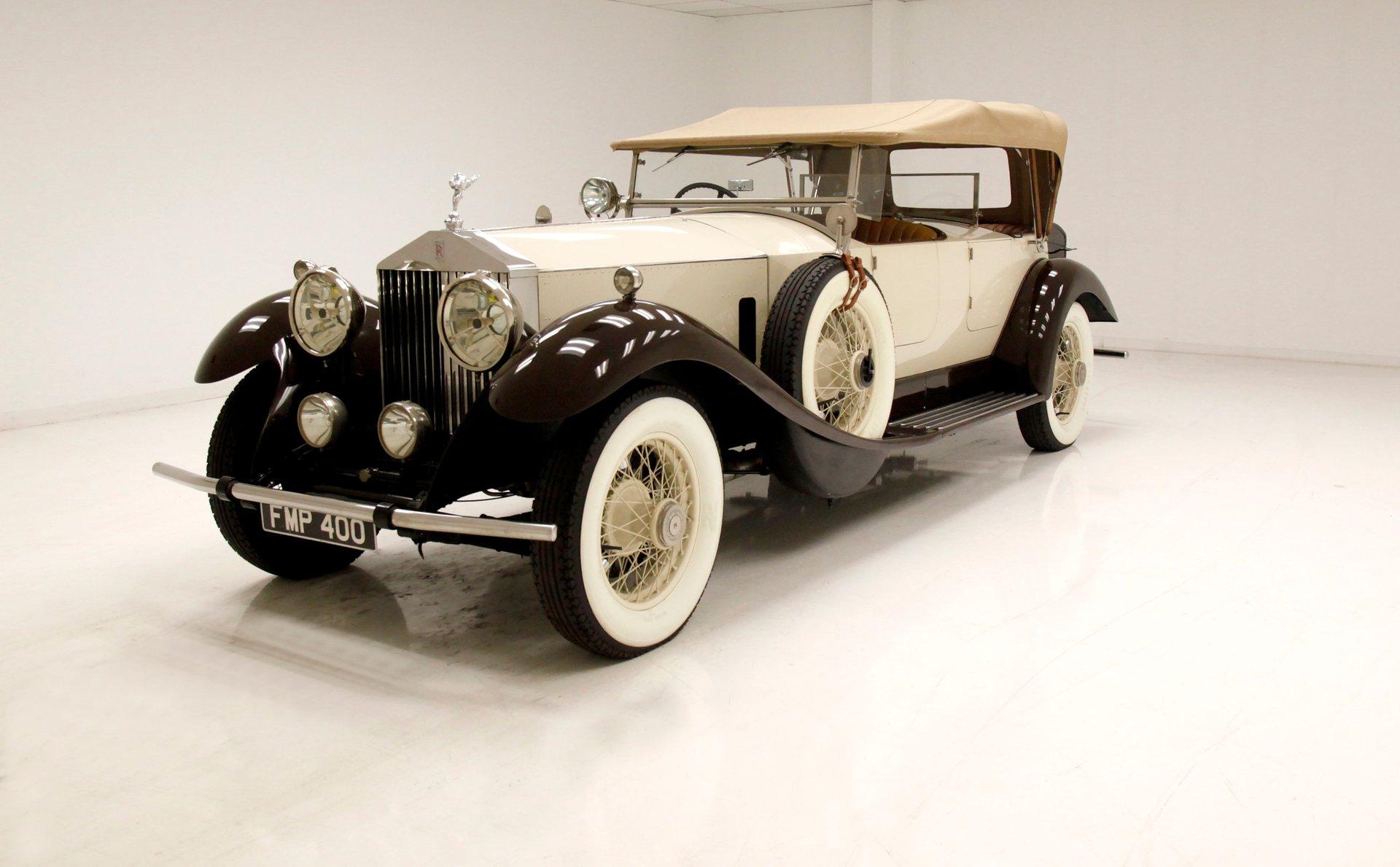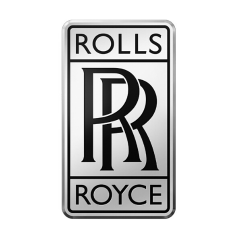1930 Rolls-Royce Phantom II

The descriptions of the Classic Cars in the Directory were partly generated or supplemented with the help of artificial intelligence (AI). The content may occasionally not always be entirely accurate or factually correct despite careful checking.
The Rolls Royce Phantom II 1930 is one of the most iconic vehicles of its time. An embodiment of luxury, elegance and power, this car revolutionized the world of motoring with its cutting-edge technical features.
At the heart of this masterpiece is a 7.7-liter straight-six engine designed to deliver unrivaled performance. Generating 120 horsepower and capable of reaching a top speed of 90mph, this engine cemented the Phantom II's reputation as one of the most powerful cars of its day.
The car features a four-speed manual transmission, the first time Rolls Royce introduced such a feature in their vehicles. This transmission offered unparalleled control over the car's performance, allowing drivers to shift gears effortlessly as they pushed the car to its limits. Additionally, it featured an independent front suspension - a technical innovation that vastly improved handling, stability, and overall ride quality.
Another ground-breaking technical feature in the Phantom II was its servo-assisted brakes - a system that allowed for easy and precise control even when traveling at high speeds. This system came as standard, yet was an optional extra on other models in the market.
As for the car's bodywork, the Phantom II was both elegant and practical. Its long wheelbase, low-slung design, and art-deco styling ensured that it exuded style and sophistication. Additionally, the body was constructed with steel and aluminum to provide great strength and durability without sacrificing weight.
Perhaps most impressively, Rolls Royce Phantom II 1930 offered one of the most silent and smooth rides for its owners, thanks to the incorporation of a vibration-absorbing chassis. This gave the car exceptional comfort and stability, even over rough terrain, and set a new standard in ride quality for luxury vehicles of that era.
With its innovative engineering, innovative features, and timeless elegance, the Rolls Royce Phantom II 1930 remains a classic vehicle even to this day. Its technical features and bespoke bodywork made it a symbol of luxury and elegance, and its legacy continues to endure in contemporary Rolls Royce vehicles today.
Milestones
- Phantom II introduced at the Olympia Motor Show in London in September 1929 - Powered by a 7.7-liter inline-six engine with improved cooling system and higher compression ratio - New chassis with independent front suspension and hydraulic brakes - Improved acceleration and top speed compared to the previous Phantom I - Optional coachwork by various prestigious coachbuilders, including Hooper, Gurney Nutting, and Park Ward - Late 1930 saw the introduction of a new four-speed manual gearbox with synchromesh on the top three gears - The Phantom II chassis was used as a base for a series of experimental aerodynamic bodies designed in collaboration with Windle and Prentice - Introduced the Continental model with shorter wheelbase and higher top speed for touring - Phantom II sales were affected by the Great Depression, with only about 1,200 chassis produced until production ended in 1935 - Remains a highly sought-after classic car today, admired for its engineering, elegance, and luxury.Technical
- Engine: 7.7-liter inline-six - Power output: 120 horsepower - Transmission: Four-speed manual - Suspension: Semi-elliptical springs all around - Brakes: Four-wheel mechanical drum brakes - Top speed: 90 mph - Wheelbase: 144 inches - Length: 222 inches - Width: 76 inches - Height: 72 inches - Weight: 5,050 pounds - Fuel consumption: 11-14 mpg - Number of produced cars: 1,680SUPERMIND TRIVIA
